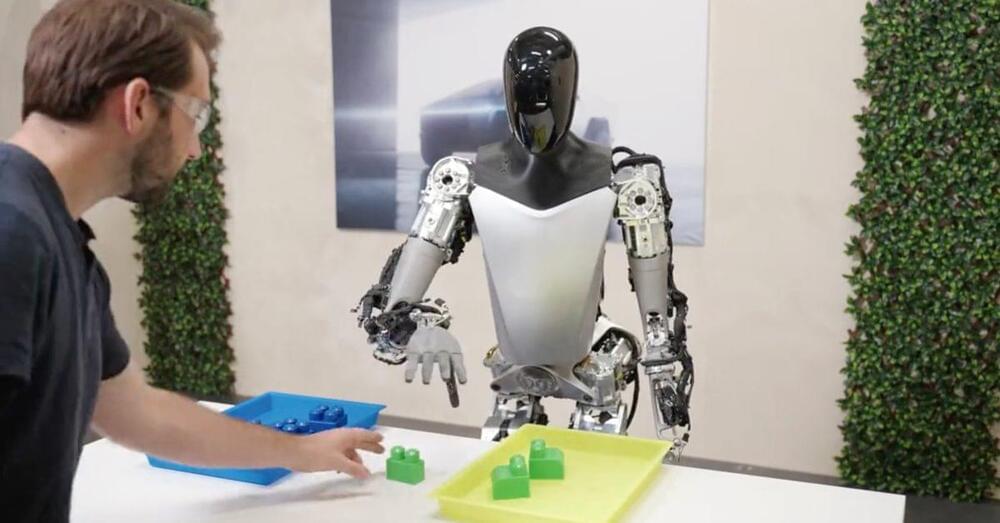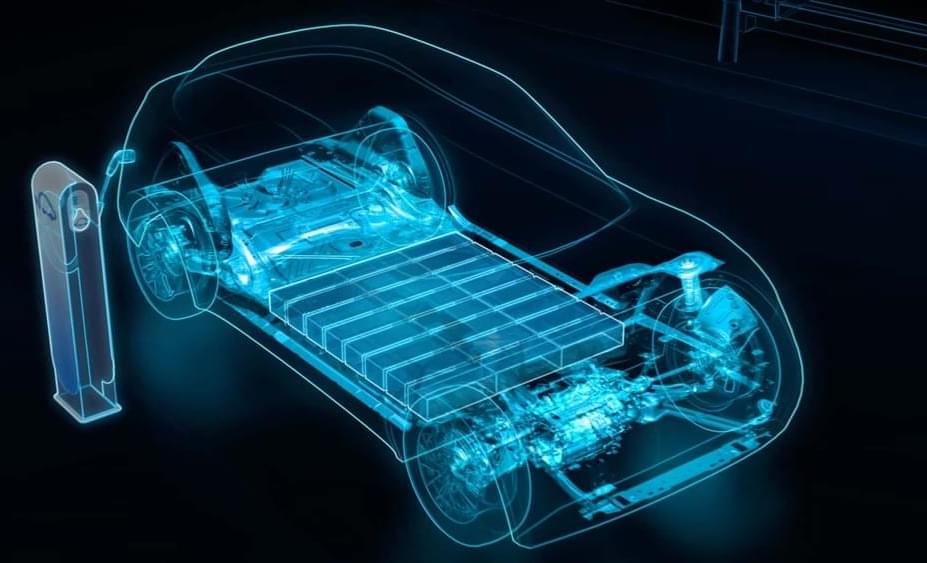In an interview this year, Tosca Musk, entrepreneur and sister of Tesla Inc. and SpaceX CEO, Elon Musk, shed light on the unexpected burdens that come with her famous last name. While speaking to the Daily Mail, Tosca discussed the misconceptions and financial pressures she faces because of her sibling’s astronomical wealth. She is the younger sister of the richest man in the world who has a net worth of around $230 billion, according to Forbes.
Tosca, renowned for her role as founder of the streaming service and production company Passionflix, shared a particular incident that highlighted these issues. She revealed that when she sought to secure a location for her ventures, she was initially quoted $5,000 per day. As soon as her identity was recognized, the rate mysteriously skyrocketed to $25,000. Musk expressed her frustration, stating that such assumptions were hardly equitable.







